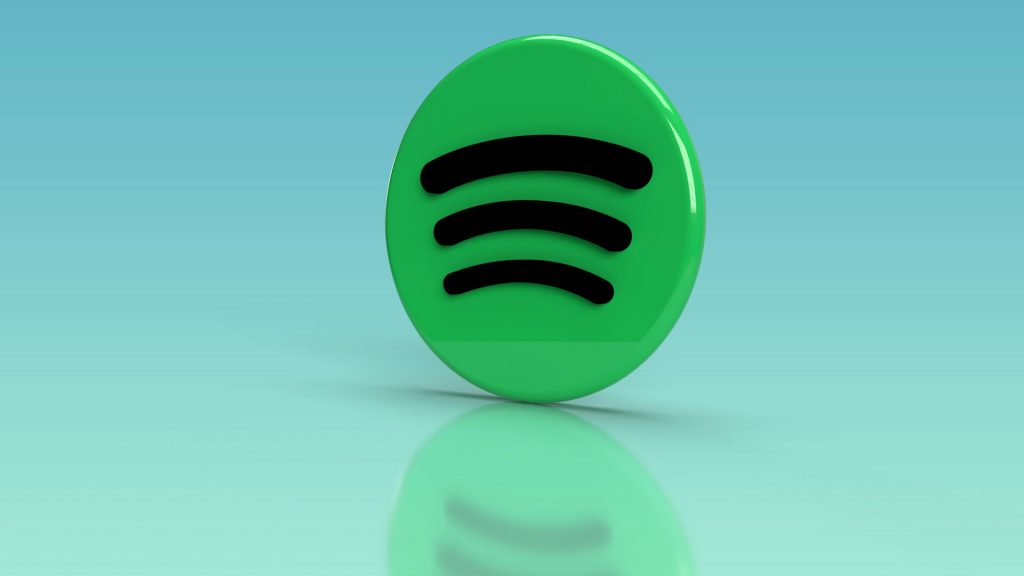Spotify Explained: The 2025 Guide to the Service and Its New AI Strategy

An Evolving Streaming Giant
Since its launch in 2008, Spotify has cemented its position as the dominant global force in music streaming, maintaining a significant lead over competitors like Apple Music and TIDAL. For much of its 17-year history, the service has been defined by its vast, on-demand catalogue. Now, however, Spotify is signalling a new chapter, pivoting to integrate generative artificial intelligence (AI) as a core part of its experience, but under strict rules designed to protect and prioritise artists.
The Core Service: Music and Podcasts
At its heart, Spotify remains a digital streaming service providing legal and instant access to an enormous online library of music and podcasts. It hosts millions of songs spanning every conceivable genre, from obscure indie rock to top-40 pop and classical soundtracks. A complex algorithm underpins the user experience, recommending music based on listening habits and powering countless curated playlists. The company has also invested heavily in spoken-word content, acquiring podcast networks such as Gimlet Media and Parcast and securing high-profile, exclusive deals, most notably the multi-year contract for the Joe Rogan Experience.
The Free vs. Premium Divide
Spotify operates on a ‘freemium’ model. A basic, ad-supported version is entirely free, offering unlimited access to the full catalogue. This tier, however, comes with significant drawbacks: frequent audio ad breaks, lower audio quality (capped at 160kbit/s on desktop and mobile), and limited functionality. On the mobile app, free users are often restricted to shuffle-only playback for playlists and are given only a few song skips per hour.
Upgrading to Premium
Subscribing to Spotify Premium is the primary way to remove these restrictions. The paid service eliminates all audio and banner advertisements, but its benefits extend further. Audio quality is upgraded to 320kbit/s, and users gain the ability to download songs for offline listening (though access is lost if the subscription is cancelled). Most importantly, Premium unlocks full on-demand playback and unlimited skipping on all devices, as well as access to features like collaborative queues.
Subscription Plans and Cost
In the UK, the standard Individual Premium plan costs £12 per month. While there are no discounts for annual payments, Spotify offers several plans for households. The Premium Duo plan supports two users living under the same roof, while the Premium Family plan covers up to six separate accounts. A discounted plan is also available for students.
A New Frontier: An Ethical AI Strategy
The next phase of Spotify’s evolution is focused on artificial intelligence. The company has announced a major alliance with industry leaders including Sony Music Group, Universal Music Group, and Warner Music Group, as well as Merlin and Believe. The goal is to co-create AI tools based on an “artist-first” principle. Spotify’s message is that technology should serve to amplify human talent, not replace it.
This move directly addresses growing industry concerns about the unauthorised use of voices and music in AI models. The framework insists on several key principles: prior licensing agreements must be in place, artist participation must be voluntary, and creators must receive clear and equitable compensation for any AI-generated content that uses their work. An internal generative AI lab is also being developed to build new, assisted musical experiences.
AI in Practice: The Personalised DJ
A tangible example of this AI-driven experience is the expansion of the ‘DJ’ feature. The virtual assistant, known as Livi, has recently been launched for Spanish-speaking Premium users. This allows subscribers to use voice or text prompts to request music, such as “play 2000s reggaeton classics” or “something quiet to concentrate.”
The AI generates a personalised session based on the user’s tastes and mood. Livi’s voice has a distinct personality, introducing tracks and commenting on artists in an attempt to replicate the feel of a live radio DJ. This demonstrates a push for a more interactive and culturally-aware listening experience, moving beyond passive algorithms.
Future Challenges and Opportunities
This new strategy is not without its hurdles. Spotify must now define how it will measure artist participation in AI-generated content and, crucially, how the resulting revenues will be distributed. It also faces the challenge of controlling a potential flood of low-quality, purely artificial “junk” music saturating its catalogue.
Despite these challenges, the opportunities are significant. For artists, a transparent, opt-in model offers a path to empowerment. For users, it promises a more fluid and responsive experience. For the wider industry, it reframes the narrative, positioning AI as a potential creative ally rather than an existential threat.



